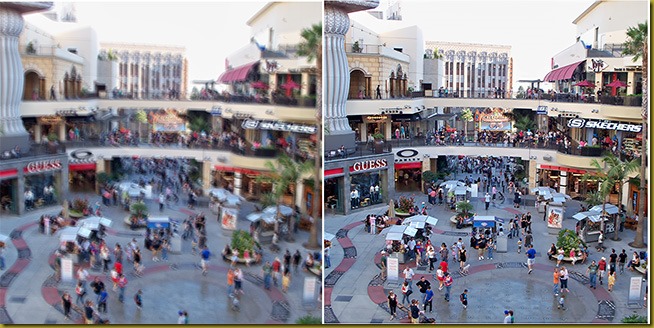Adobe’s de-blur technology—sales potential is enormous
I remember it being said on one of the photography podcasts I listen to now and then that “… since the invention of the smartphone, never before in the history of man have so many out-of-focus, blurred, under/over exposed pictures been taken by so many people” [this is roughly how I recall it being said but is probably not word-perfect].
Flickr is one of the Top 20 picture posting sites on the Internet and it is estimated that slightly over 60 percent (60.2) of the pictures posted to Flickr daily are from smartphones or tablets. The rest come from compacts, and top-end pro and semi-pro DSLRs.
Of the 60 percent from smartphones and tablets only 3.7 percent are judged to be in focus and correctly exposed. This means that a staggering amount of pictures uploaded to Flickr are not in focus, or a not correctly exposed, or both.
The boss of Yahoo, Marissa Mayer, (Yahoo owns Flickr) recently said “There’s no such thing as Flickr Pro today because there’s really no such thing as professional photographers anymore”. She made this statement in context of the vast bulk of pictures uploaded to Flickr that are ‘snaps’ (or worse) and are not serious pictures taken with quality in mind.
Well Adobe may be coming to the rescue of all those out-of-focus blurred pictures.
After three years of development Adobe recently announced their new de-blur (DeBlur) technology.
Nothing is perfect and the best way to get a sharp crisp image is still to use the right shutter speed, ensure the subject is in focus, and hold the camera shake-steady (best done with a tri-pod)—and don’t use a smartphone or tablet. However, depending on why the picture is out of focus, Adobe’s new DeBlur might be able to save your blurred pictures.
Following are two examples of Adobe’s DeBlur at work showing before (left) and after (right).
The success of DeBlur depends on the type of blur in the image. If it is focus blur or motion blur or camera shake blur then DeBlur will be quite effective. If it is a combination of any of these, so focus blur plus camera shake, or motion blur plus focus blur, etc., then the effectiveness of DeBlur is not as good.
Obviously something that took three years to get to the point where it can be made available is not going to be free, and Adobe have never ever been in the business of making anything ‘free’. Full Photoshop is one of the most expensive software tools on the market.
It is likely that Adobe will make DeBlur available via some monthly or annual subscription model, plus I would expect they would also be adding it into the full Photoshop product as well—as everything to do with picture editing is usually available in the full Photoshop package.
For those of us armed with capable camera who don’t take out of focus pictures with camera shake this is probably not something we would buy. But for a big percentage of the 1.5 billion smartphone and tablet users out there this is going to be an interesting tool. Even if Adobe make it something like $9.99 per month and only 2.5 percent of smartphone users subscribe then that makes $314 million per month ($3.8 billion per year).
When (if) Adobe puts a trial version of DeBlur up for download I will get it down and have a quick play. Assuming I am still posting to my site when that happens I will let you know how I find it.



